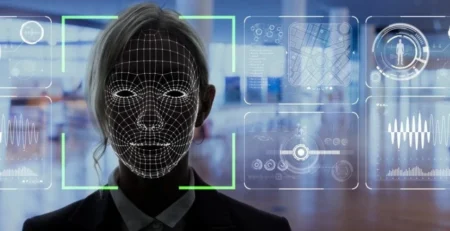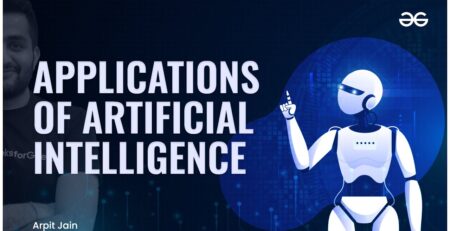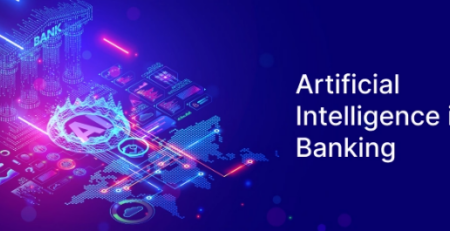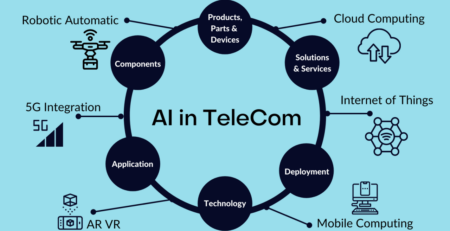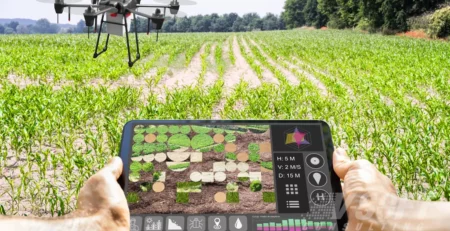AI Applications in Education
AI has a wide range of applications in education, revolutionizing how teachers teach, how students learn, and how educational systems function. Here are some notable applications:
- Personalized Learning: AI-powered systems can analyze individual student data and adapt the learning material according to their strengths, weaknesses, and learning pace. For example, platforms like DreamBox and Knewton use AI to customize lessons for each student.
- Intelligent Tutoring Systems (ITS): AI-driven tutoring systems can provide students with instant, personalized feedback and assistance. These tools simulate a one-on-one tutoring experience, such as Carnegie Learning’s math tutoring software.
- Automated Grading and Assessment: AI can automate grading for assignments, essays, and even multiple-choice tests. Tools like Turnitin or Gradescope use AI to assess student work, saving teachers time and enabling more timely feedback.
- Learning Analytics: AI can analyze vast amounts of student data to identify patterns, such as students at risk of dropping out or who need additional support. Institutions can use these insights to improve teaching strategies and student outcomes.
- Natural Language Processing (NLP) for Language Learning: AI tools like Duolingo and Babbel use NLP to help students practice and learn new languages through conversation, speech recognition, and grammar correction.
- Virtual Classrooms and Chatbots: AI-powered chatbots can answer student queries, assist with administrative tasks, and help students navigate online learning platforms. Virtual classrooms powered by AI can enhance remote education experiences by automatically managing tasks like attendance or tracking progress.
- Adaptive Learning Platforms: AI adapts content delivery to fit each student’s learning style, offering a more effective way to engage with educational material. Tools like Smart Sparrow allow instructors to create personalized courses based on student performance.
- Augmented and Virtual Reality (AR/VR): AI can enhance AR and VR technologies for immersive learning experiences. For instance, medical students can practice surgeries in a virtual environment, or history students can take virtual field trips.
- Special Education Support: AI tools can be used to assist students with disabilities. Speech recognition, text-to-speech, and language translation tools can help students with visual or hearing impairments, or those with dyslexia, access educational content more easily.
- AI in Administrative Tasks: AI can assist educational institutions in streamlining administrative duties such as scheduling, resource management, and even providing insights into institutional performance.
- Plagiarism Detection: AI tools such as Turnitin and Copyscape use algorithms to detect plagiarism by comparing written content against large databases of academic papers and online resources.
- Learning Pathways and Career Guidance: AI can analyze students’ interests, skills, and performance data to recommend suitable career paths or further learning opportunities. Tools like Pymetrics use AI to match students with potential job roles or training programs.
These applications contribute to a more effective, efficient, and accessible educational experience for students and educators alike.


